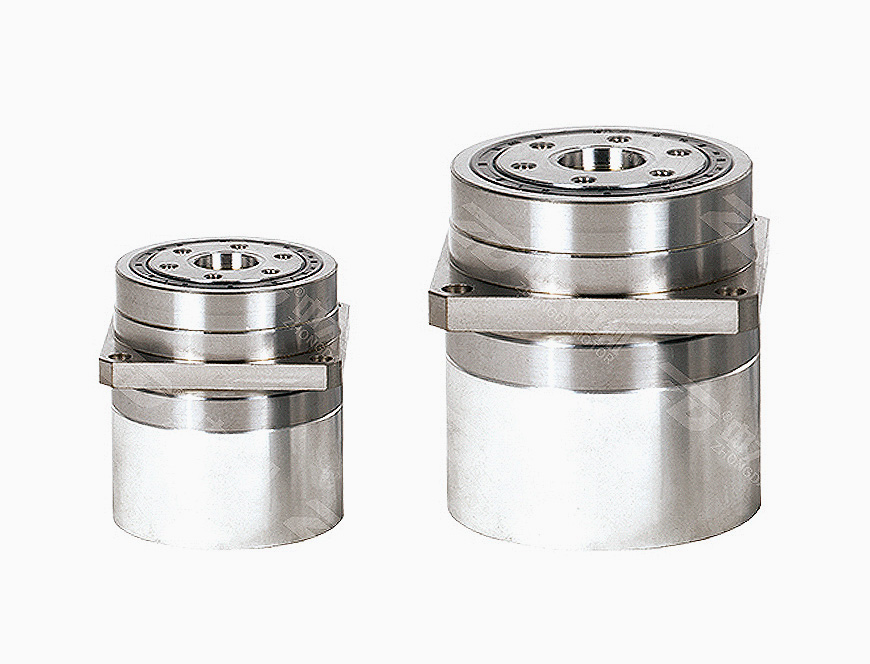Summary:...
Stepper motors are known for their accurate positioning and high torque transmission capabilities at low speeds, but they need to be carefully sized to ensure that the motor matches the load and application parameters in order to minimize the possibility of out-of-step or motor stalls. Adding a gearbox to a stepper motor system can improve the performance of the motor by reducing the inertia ratio of the load to the motor, increasing the torque to the load, and reducing the vibration of the motor.
Inertia ratio of deceleration load to motor
The reason that causes the stepper motor to lose step in the application is the inertia. The ratio of load inertia to motor inertia determines the motor's ability to drive and control the load, especially in the acceleration and deceleration parts of the movement. If the load inertia is particularly higher than the motor inertia, the motor will experience a difficult time when controlling the load. And over-head (more steps than required by the instruction) or negative pulse signal (out of step) may occur. A very high load-motor inertia ratio may cause the geared motor to draw excessive current and stall.
One way to reduce the inertia ratio is to use a larger motor with a higher inertia. However, this means higher cost, higher weight, and also causes a trickle-down effect on other parts of the system, such as couplings, cables, and drive components. However, adding a reduction gearbox to the system can reduce the load to inertia ratio, which is the square of the reduction ratio.

Increase torque to the load
Another reason for using a stepper motor with a gearbox is that it can add more torque to drive the load. When the load is driven by a motor-reduction box combination, the gearbox is multiplied by the torque from the motor, which is proportional to the reduction ratio and the efficiency of the gearbox.
However, although the gearbox can expand the torque, the speed will be reduced. (This is why they are sometimes called "speed reducers" or (gear reducers)) In other words, when a gearbox is added to the motor, the motor must rotate faster to provide the target speed To drive the load.
The ratio of the reduction of the torque of the stepper motor to the increase of the speed is the same, which is due to the starting torque and other losses. The inverse relationship that exists between speed and torque means that before the motor cannot deliver the required torque (even if multiplied by the reduction ratio), the only real thing is to increase the speed.
Reduce resonance and vibration
However, increasing the speed of the motor does have a benefit. The extra speed of the motor After the gearbox is installed, the motor runs outside the resonance frequency range, and shaking and vibration may cause the motor to lose step or even stall.
In order to ensure that the gearbox has the correct torque, speed and inertia value, it is very important to choose a high-precision, low-backlash gearbox, especially when connecting the gearbox to a stepper motor.
Recall that the stepper motor runs in an open-loop system, and the backlash in the gearbox will reduce the positioning accuracy of the system, and there is no feedback to monitor or correct the setting error. This is why stepper applications usually use high-precision planetary gearboxes with backlash as low as 2 to 3 arc minutes. Some manufacturers can provide stepper motors with harmonic gears, which can demonstrate zero backlash in many application scenarios.
